Visibility Conditions
|
If we only ever saw what we thought, or thought what we saw, how would that be different from now? We probably think more than we really see, and we feel less too, because there’s so much we have to know about everything. But if it’s so hard to get a clear view of this world—and that’s in spite of the fortunately substantial limits to human perception—what else are we supposed to be seeing? Is an abstraction more multilayered than an unfiltered reproduction? When you look into a pictorial space geometrically constructed in one-point perspective, what you see is made to be seen from the origin point, i.e. from outside the picture. Installation view, Visibility Conditions, Stedefreund 2010 Is it possible to make images without a viewer’s gaze? What happens when a space dispenses with a center, a midpoint, when not everything is oriented toward a single point, when the background may actually be in the foreground and the ornament is a frame unfolding at the edges? Would we notice how the gaze reveals the space? How are spaces created? And if we were aware of the way we see, would our understanding of the world be different? Stefka Ammon has invited Veronike Hinsberg and Juliane Laitzsch to experiment with creating a space at Stedefreund in which viewers can be exposed to these ideas. Text: Stefka Ammon
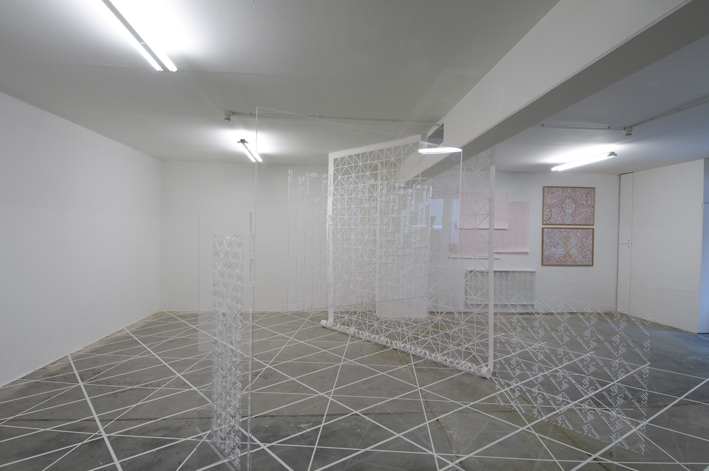 Installation view, Visibility Conditions, with Veronike Hinsberg and Juliane Laitzsch, Stedefreund 2010
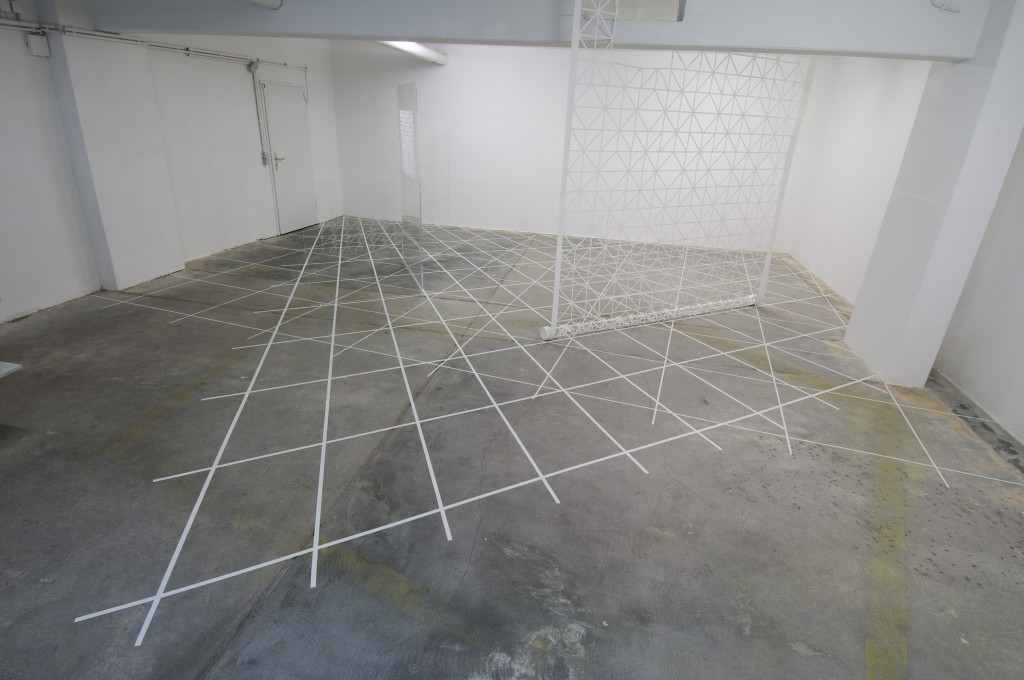 Installation view, Visibility Conditions, with Veronike Hinsberg and Juliane Laitzsch, Stedefreund 2010
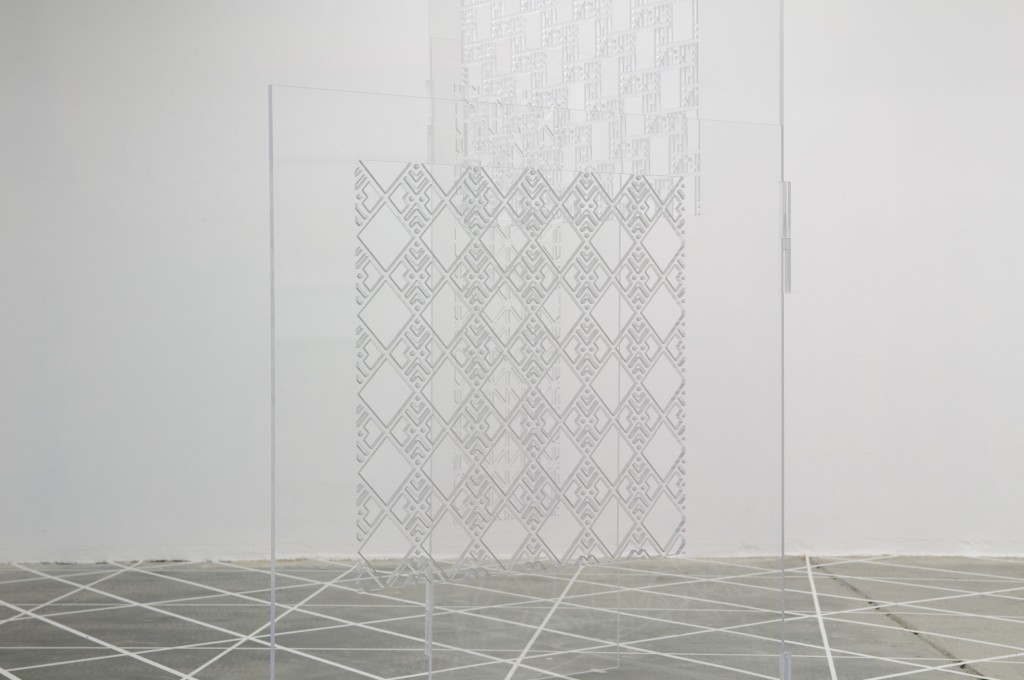 Installation view, Visibility Conditions, Stedefreund 2010, Oriental Gaze, 2009, plexi-glass, milled, 300 x 200 x 1,5 cm
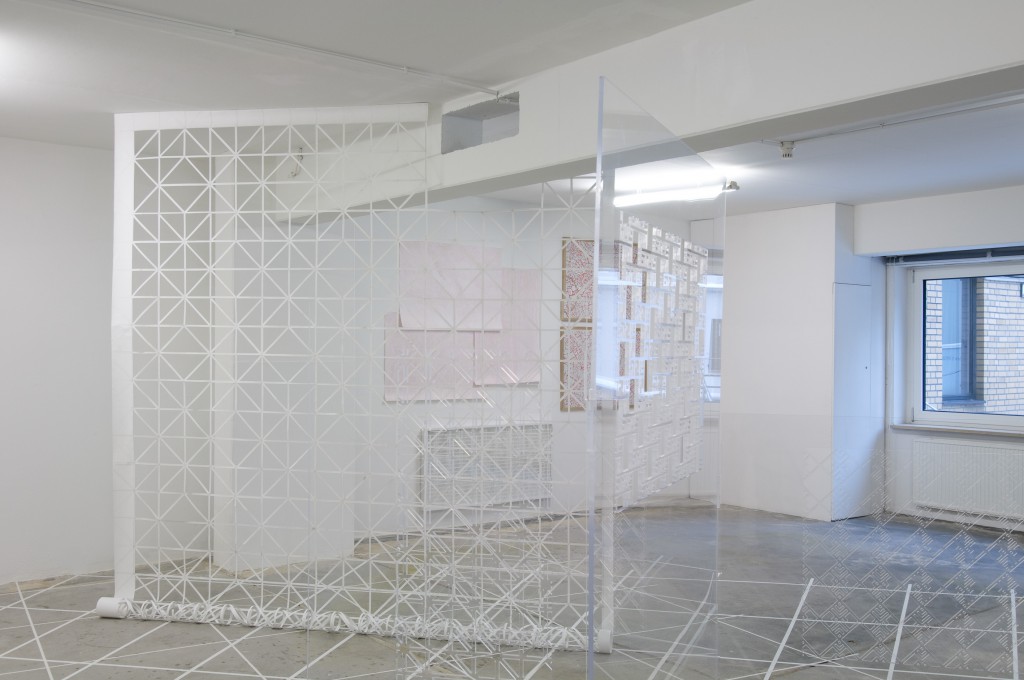 Installation view, Visibility Conditions, Stedefreund 2010
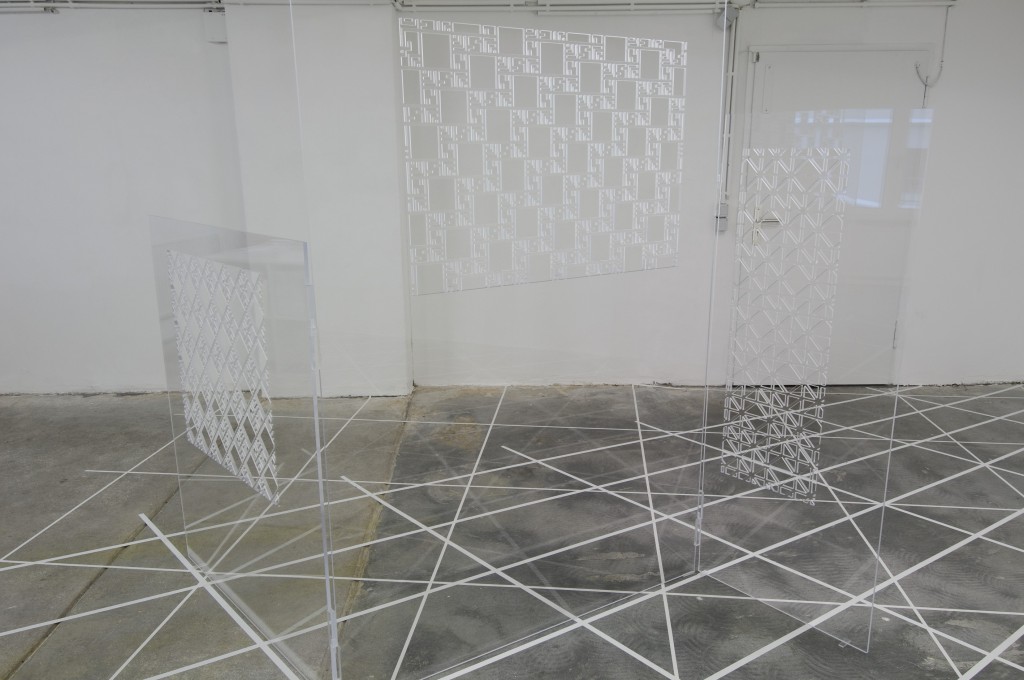 Installation view, Visibility Conditions, Stedefreund 2010, Oriental Gaze, 2009, plexi-glass, milled, 300 x 200 x 1,5 cm
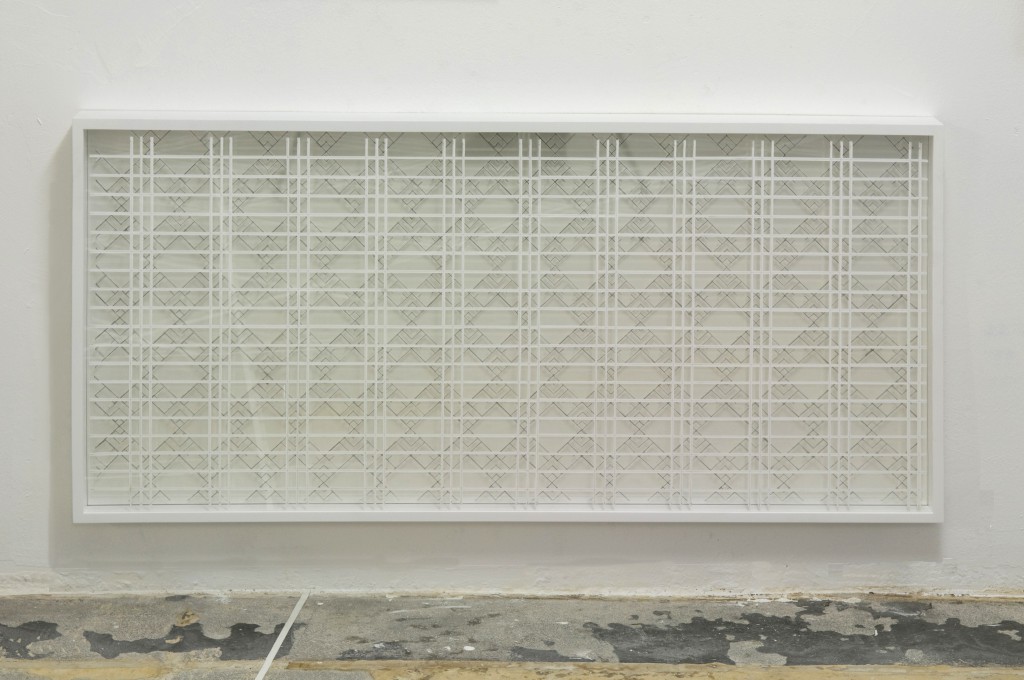 Installation view, Visibility Conditions, Stedefreund 2010, Double Grid [Grid #04 + #09], 2010, paper, pencil, framed, 150 x 70 x 4 cm |